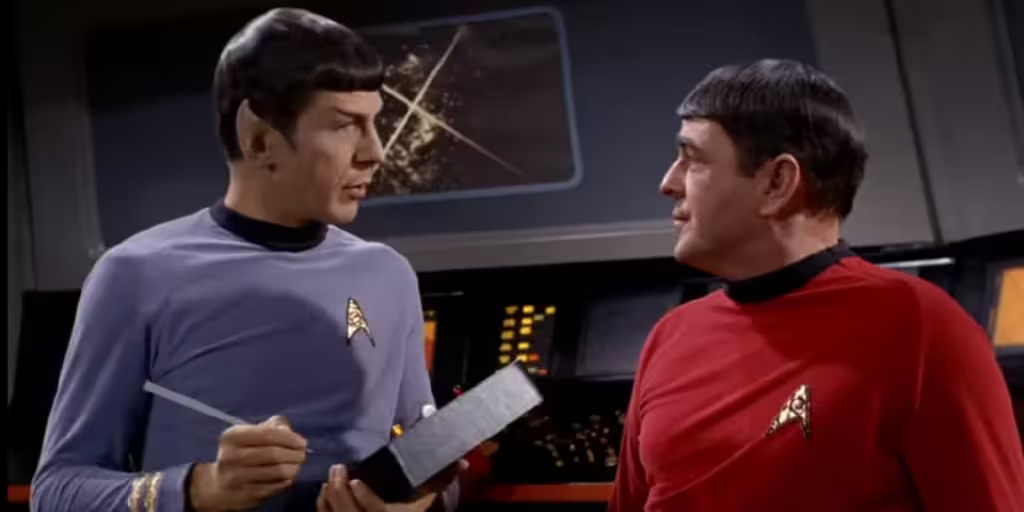Discover Your Team’s Superpower with DiSC
Ever wondered what makes your favorite TV and movie teams click? How do the Avengers save the world or the Friends navigate life’s ups and downs with such chemistry? It’s all about understanding different personalities and how they work together. Inspired by adding the book You’re a Leader, Charlie Brown to my book recommendations list, let’s dive into the fascinating world of DiSC theory and how it can transform your team dynamics.
Understanding DiSC Styles
When I was studying DiSC theory, one of my favorite sections was people-reading. Learning to communicate effectively often includes people-reading. So what is it? People-reading involves observing individuals and trying to assess their DiSC behavioral style. The style is a classification that identifies an individual’s behavioral traits and communication preferences. The style is a combination of two behavioral dimensions that when combined create four quadrants. A person’s vertical behavioral dimension resides on a continuum between fast-paced and outspoken to cautious and reflective. Their horizontal dimension resides on a continuum between questioning and skeptical versus accepting and warm. Some people fall squarely in one of the four quadrants. Others might fall closer to a border between two quadrants and have a blended style.

The DiSC model, originally developed by psychologist William Marston, improved by industrial psychologist, Walter V. Clarke, and then further developed with the creation of assessments that categorize personalities into the four primary styles:
- Dominance (D): Focused on results, confident, assertive.
- Influence (I): Enthusiastic, persuasive, sociable.
- Steadiness (S): Patient, supportive, reliable.
- Conscientiousness (C): Analytical, detail-oriented, systematic.
By understanding these styles, you can learn to estimate someone’s DiSC style behavioral priorities and how that leads to better communication and more productive teams. Imagine being able to identify whether a colleague is a “D” like Tony Stark or an “S” like Captain America. Knowing this can help tailor your communication and approach to fit their style, leading to smoother interactions and more effective teamwork.
People-Reading
Let’s have some fun people-reading. I am a huge fan of the Justice League, the Avengers, and Star Trek. These famous teams are successful because they work together. They understand each other. Here are my thoughts about the Justice League members.
In the Justice League, Diana Prince, Wonder Woman, combines Dominance and Influence (DI) with her charismatic, assertive leadership and ability to inspire others. Bruce Wayne, also known as Batman, is a classic example of a Dominance and Conscientiousness (DC) style. His assertive and analytical nature drives his strategic thinking and relentless pursuit of justice. Clark Kent, or Superman, embodies the Steadiness (S) style with his patient, supportive, and reliable approach to protecting humanity. Barry Allen, The Flash, is all about Influence (I) with his enthusiastic, sociable personality that connects easily with others. Victor Stone, Cyborg, reflects Conscientiousness and Steadiness (CS) through his analytical mind and reliability as a team member. Each character is shaped by his or her background, special powers, and education, as well as their personality behavioral style. And working together always leads to their success.
Now it’s your turn: what are the styles of the Star Trek team? Let’s observe Captain Kirk in this clip:

I believe Captain Kirk is very clearly a “D” style personality. His has courage, makes quick decisions, and has fearless leadership. His decisive determination and willingness to take risks helps propel the Enterprise through the cosmos. Kirk’s assertive style keeps the crew focused and ready for action, making sure they boldly go where no one has gone before. What about Spock and Scotty in the next video?

I read Spock as a “C” style and Scotty as an “IS” style. Spock has a razor-sharp mind, attention to detail, and commitment to logic. Spock’s meticulous nature and quest for perfection pushes the team to think critically and act precisely, ensuring they’re always one step ahead of any challenge. Scotty is empathizing, agreeable, and people-focused, and he often brings a sense of humor and positivity to the team, but he is also reliable, supportive, and focused on ensuring the safety and well-being of the crew, always willing to help and provide assistance.
The Power of DiSC
Understanding DiSC styles is like having a secret weapon in your leadership arsenal. It helps you:
- Improve Communication: Tailor your messages to resonate with different styles.
- Boost Productivity: Align tasks with team members’ strengths.
- Enhance Team Dynamics: Foster an environment of understanding and support.
Everything DiSC® offers a suite of programs designed to enhance workplace performance, including:
- Workplace: Improve working relationships, strengthen management skills, and elevate communication across teams.
- Agile EQ: Develop emotional intelligence to adapt to various situations and improve interactions.
- Management: Equip managers with the tools they need to lead and develop their teams effectively.
These programs can all be purchased with the Catalyst® learning platform creating a dynamic, personalized learning experience designed to support these goals, offering ongoing development and immediate application of DiSC insights.
Everything DiSC also offers Productive Conflict and Sales programs. Imagine how much smoother a spirited team meeting might go if everyone understood a bit more about why people are the way they are? And what if knowing more about your own style helps you understand how you come across to different personality types? Perhaps fewer feelings would be hurt and more ideas would be considered. What if you could determine whether your customer was the type to make a fast decision based on fewer details (and thus quickly bored with a long sales pitch) or if they needed the details and the fine print to make up their minds (such that high pressure sales will immediately turn them away)?
Whether you’re leading a team of superheroes, navigating office politics, or just hanging out with friends, knowing the DiSC styles can make all the difference.
So, why not take a cue from these examples of our favorite characters and dive into the world of DiSC? Your team’s superpower might be just an assessment away!
An Aside: Did you know that the creator of Wonder Woman, Dr. William Moulton Marston, under the pen name Charles Moulton, is the same person who developed the DiSC theory? Marston was a psychologist and writer who introduced the world to Wonder Woman in 1941. His work on human behavior and psychology later led to the development of the DiSC model, a tool to understand and categorize human behavior.
This post was inspired by the book You’re a Leader, Charlie Brown, now on my book recommendations list.
Discover more from Carey Springs Farm, LLC
Subscribe to get the latest posts sent to your email.




You must be logged in to post a comment.